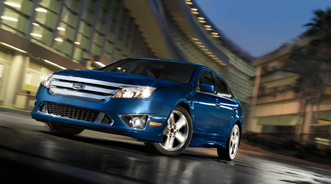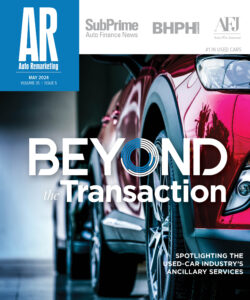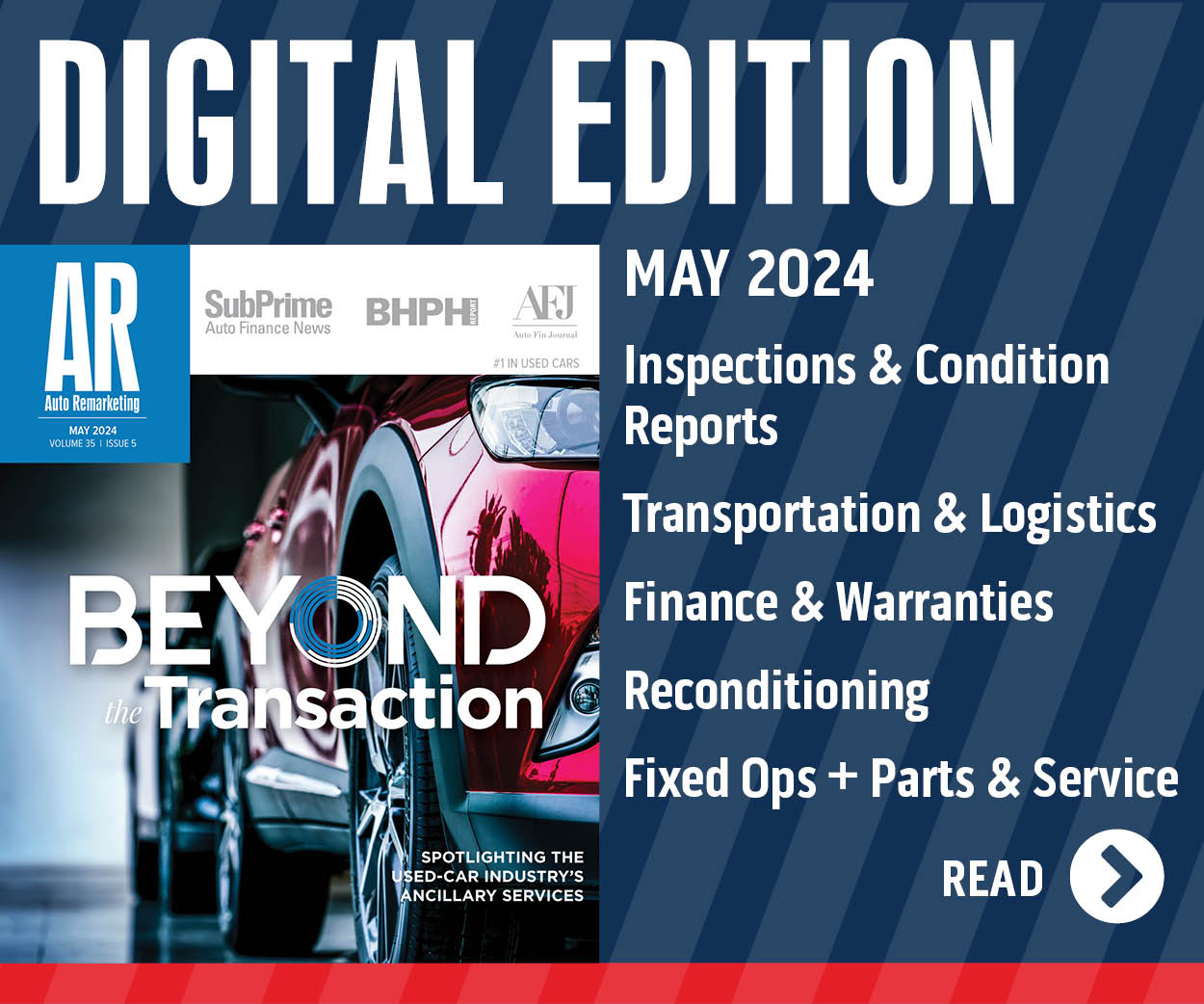Ford Rolls Out Latest Tool So App Developers Can Leverage SYNC Technology

Ford continues to look for ways smartphone application developers can modify existing apps to work hands-free using voice recognition through SYNC.
So automaker executives recently went to one of the largest annual gatherings of the wireless telecommunications community to release their Software Development Kit (SDK). It’s meant to assist these developers and forge a more open collaborative bond with the wireless, consumer electronics and app developer communities.
Basically, Ford wants to create a safer and smarter in-vehicle connectivity experience that leverages the mobile devices customers own and love.
Attendees at the CTIA Enterprise and Applications Conference in San Francisco heard the latest strategy Ford is utilizing. The company believes these technology experts understand the potential of the SYNC application programming interface (API) because app developers have been clamoring for the Ford SDK. Those requests evidently began when Ford announced the launch of the SYNC Developer website.
Since then, Ford claims to have received more than 1,000 submissions from interested parties looking to modify existing apps or create all-new apps that can successfully interface with Ford SYNC through AppLink. As the software that leverages the SYNC API, AppLink can access mobile apps stored on a user’s smartphone, and allows them to be controlled through the SYNC voice recognition system.
The automaker noted Pandora Internet radio, Stitcher smart radio and Orangatame’s OpenBeak are the first apps to incorporate the SYNC API with more on the way in coming months.
To keep the user experience seamless, Ford plans to leverage existing app stores for distribution of updated SYNC-enabled versions of apps. Owners of SYNC AppLink-equipped vehicles can download the enabled app through the appropriate app store for their smartphone’s operating system.
Being cautious with the SDK, Ford emphasized it has developed stringent self-imposed guidelines for in-vehicle app development, considering a whole set of parameters that make sense for the driving environment.
“Our goal is not to have thousands of apps available for the car,” Derrick Kuzak, Ford group vice president of global product development said at the CTIA conference, “because there are strict limitations on what should be allowed while driving.”
Ford is in the process of evaluating the potential of existing apps that are appropriate for in-vehicle use. Executives included:
—Personalized entertainment such as Pandora Internet radio.
—Personalized information and news such as Stitcher smart radio or Orangatame’s OpenBeak.
—Location-based services including navigation, traffic and business searches.
—Notifications and alerts leveraging SYNC’s ability to mash up vehicle information, GPS locations and more, all to provide the driver with customized information and guidance.
—Financial apps that, for example, provide alerts such as stock price drops or overdrafts and, in the future, drive-by payments.
—Scheduling and planning apps that could include notifications of flight status, for instance, in the event flights are delayed or rescheduled.
Further down the road, Ford plans to examine the potential of apps that can provide exciting new levels of safety knowledge as well as improvements in driver productivity and convenience.
“We know our customers want connectivity from a convenience perspective and need it from a safety perspective,” Kuzak conceded. “We want to leverage growing network speeds to create a world of apps on wheels that makes the vehicle experience simpler, safer, more productive and convenient.
“We know we can do better things for our customers by allying with the companies that provide the devices and services they already use, trust and value,” Kuzak declared.
“What we see emerging as we explore new ways to safely enhance connectivity and reinvent the driving experience is a mutually beneficial ‘collaborative community’ where our shared customer — anyone who drives a car and owns a smartphone — is the true beneficiary,” he went on to say.
“More and more drivers will find a way to use their devices and their apps while in the car,” Kuzak pointed out. “They can do it unsafely, or they can do it through safer voice-activated solutions such as Ford SYNC — keeping their eyes on the road and their hands on the wheel.”

 View The Latest Edition
View The Latest Edition

